Spatial Perception Through Movement in Architecture [ARTHUR AZOULAI]
The first building precedent that I looked at was an academic piece entitled 'Spatial Perception Through Movement in Architecture" by Arthur Azoulai. The project consists of a subway station and a park. He highlights the distinct difference in movement between the 2 spaces: the park is a slow paced area with little circulation, and the train station has fast paced movement where no time is 'allowed'. "The real program is a notion of time, and movement through space. This opposition is a way to prove that movement defines space. However, couldn't the Architecture define the contrast of movement as well? Through Architecture, can the user be subjected to follow an architecturally predetermined movement?" I think he raises some really interesting questions, where he has effectively dealt with these and found solutions to the problems.





"In order to study and understand the movement of people through Architecture requires an understanding that movement is part of a philosophical definition of the body. “A physical body is an enduring object that exists throughout a particular trajectory of space and orientation over a particular duration of time, and which is extended in the world of physical space.” For Henri- Louis Bergson, the body is “an instrument of action, and of action only.” In addition, the human body not only moves through space but also has the consciousness to define it in its own terms, and to choose an unpredicted path through that space. It is the accumulation of those unpredicted paths through space that create a flow of movement and defines the space and its edges. The ability to see and perceive the space has to do with their movement. The faster someone is going through a space, the smaller their field of perception is because of the concentration that he has to put on his immediate surroundings. Therefore, if taking the example of walking out the subway, a subject’s only goal is to get to the exit, meaning it usually is a fast and very private movement. How can Architecture slow down this movement as one gets off the subway? Can Architecture slow down the movement through the station? Can it allow for the discovery of the space? Would it only be done through spatial moves or perhaps by using more aesthetics devices like colors or graphics? Through the study of videos of Schenley Park and an existing Downtown subway station, I used a method that allowed me to consider the perceivable space of someone walking towards a destination. This method allows me to then create what I call a cone of spatial perception, which is the physically invisible space created by the perception of the said space."

I thought this "cone of perception" was an intriguing way to create form from this concept. The building is formed from the space that was the 'perceivable space' in a typical train station.
CACTUS SKYSCAPER [AESTHTHICS ARCHITECTS]
I thought that this next project was a good example of biomimic architecture using a cactus. These processes include how the cactus shades itself, stores water and transpiration. The building is situated in Qatar where it experiences hot days and cold nights, and this building technology helps to regulate the interior temperature. In Brisbane's hot climate a building that imitates a cactus and it's water saving/cooling processes would be useful.
WATERCUBE [ARUP AND PTW ARCHITECTS]


The Chinese National Aquatic Center, better known as the watercube is another example of an energy efficient and eco-friendly building that has taken cues from nature and biomimicry. The Watercube’s design is based on water bubbles in foam, where this structure is derived from principles of geometry and crystaline systems.
"The building’s structure is framed in steel, while the bubbles themselves are made from ETFE (Ethylene tetrafluoroethylene) pillows measuring 0.2 mm thick. The membrane lets in more light and heat than traditional glass does, which keeps all 5 pools warmer, thus reducing energy costs by 30%. Rainwater from the roof is collected and recycled with efficient filtration and backwash systems, and an incredible LED lighting system turns the Watercube into a beautiful kaleidoscope at night."

“The Watercube uses state-of-the-art materials to create a visually striking building that is also energy-efficient and ecologically friendly. The most impressive aspect of the project is the outer shell or molecular skin that envelops the building. The building has a chameleon-like quality that captures light in an extraordinary and memorable way. In every respect, the Watercube is an engaging and ethereal building that comfortably straddles the traditions of both Chinese and Western architecture.”
SOURCE: http://inhabitat.com/the-watercube-wins-australias-highest-architecture-award/
8 HOUSE [BIG ARCHITECTS]
I love this building and find the shape very interesting and innovative. I am interested in the formation of the internal courtyards bound by walls, this may be inspiring in the design of the greenspace in my project. I want to create a greenspace that can interact with the cliffs and bridge, creating new perspectives. I wouldn't bound the greenspace with walls as I find this too closed in, however I could bound the greenspace with pathways, or raised walkways etc. The raising and lowering of various points too maximise/block out/emphasise views are particularly interesting. I also find the continuation of the structure interesting and something that I could use similarly in my project for perhaps a raised walkway through the site...
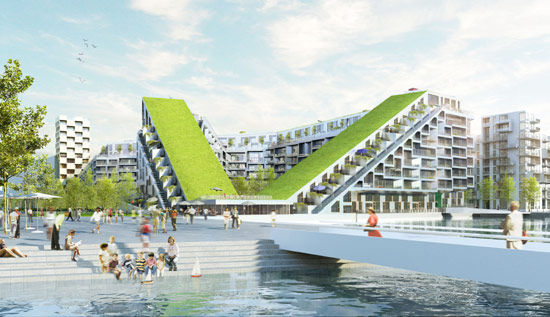
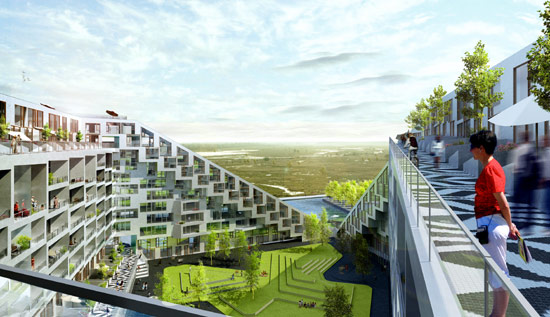
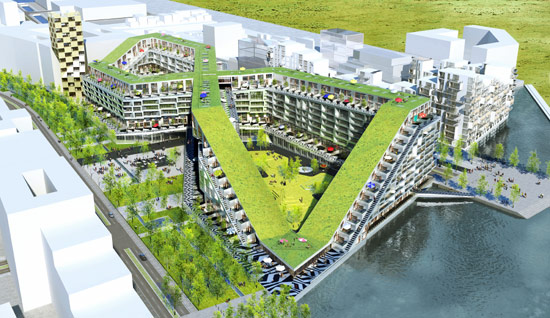
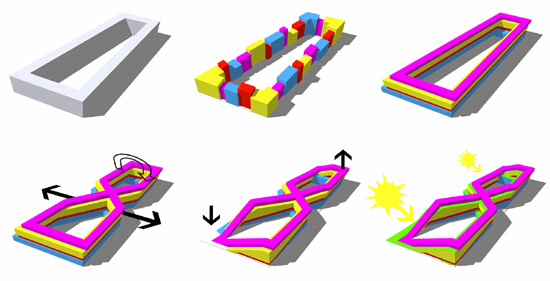
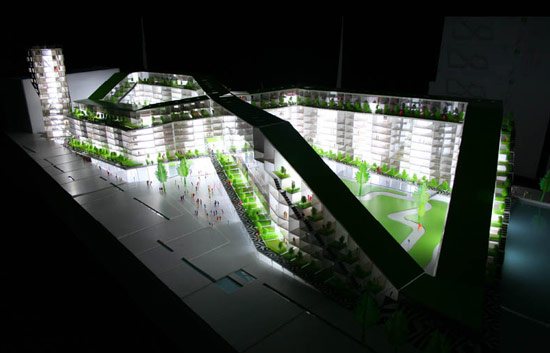























No comments:
Post a Comment